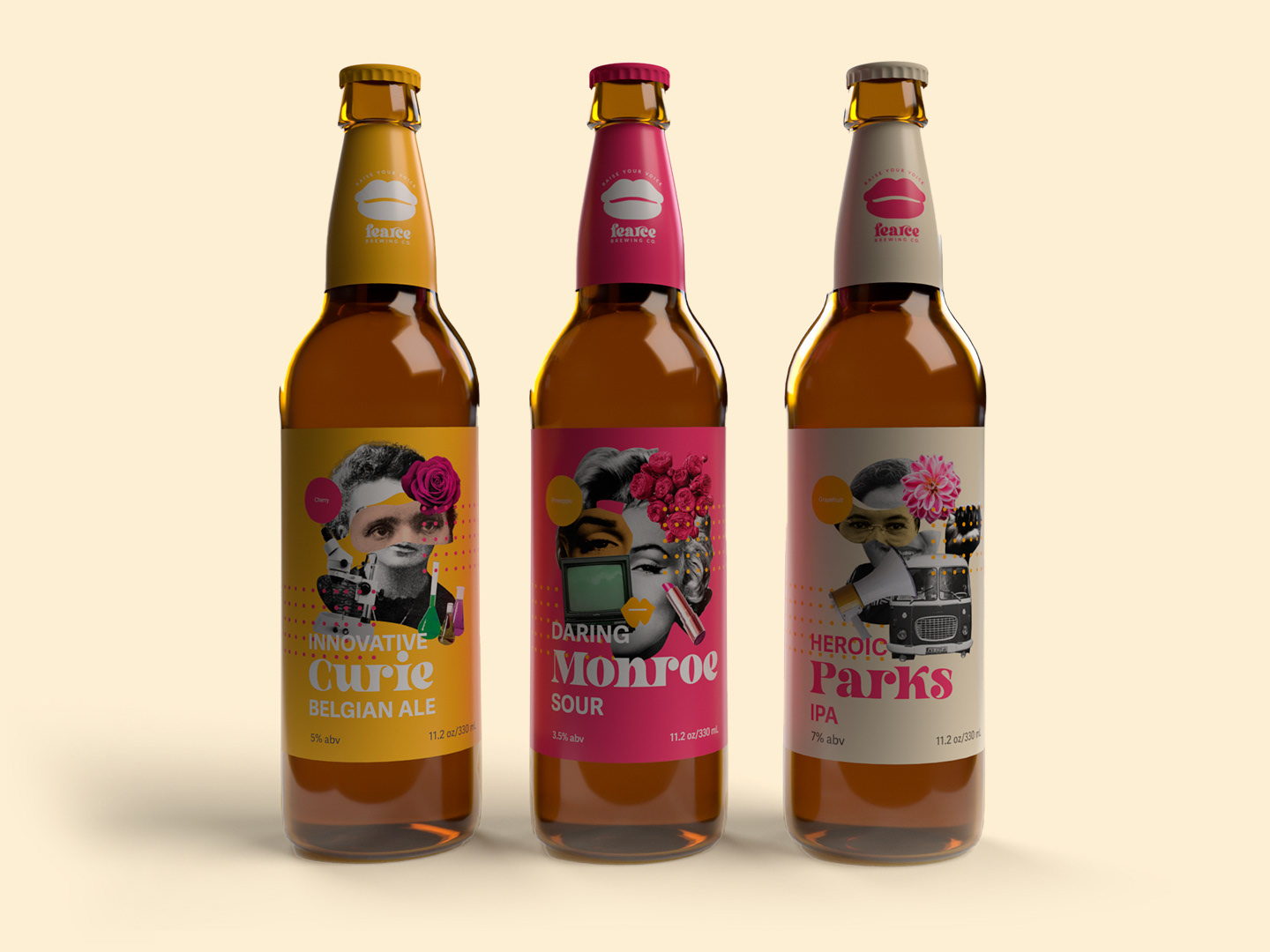Sector Transportation
Role UX/UI Designer
Client Mentorship
Project Type UX/UI Design
Deliverables User Research, Wireframes,
Prototypes, Design System
Prototypes, Design System
Team Creative Director
Art Director / Product Manager
2 UX/UI Designers
Art Director / Product Manager
2 UX/UI Designers
The Toronto Transit Commission (TTC), North America's third-largest transit system,
provides 1.7 million rides daily to Canadians in Toronto.
Context
With a reputation for safety, reliability, and excellence, TTC operates across five modes of transportation such as bus, subway, streetcar, and paratransit services. Committed to delivering a world-class, accessible transit system, the TTC aims to meet the needs of its customers and match the quality of life in Toronto.
Problem
Despite the widespread use of public transit, many passengers struggle with reporting safety incidents, leading to unreported risks and unresolved safety issues.
Problem Statement
Transit users need a reporting feature in the app that addresses real-world safety scenarios, providing more than basic functions to improve public safety.
Research
Market research for transit report
Research Insights
Overly Complex Reporting Forms
Insights
Most transit reporting apps feature long, hard-to-read incident reporting forms, with extensive lists of report types that complicate the user experience. This discourages users from completing safety reports.
Opportunity
Introduce a simplified reporting feature with categorized incident types and shorter, clearer forms. Add a search or filter function within the report form, allowing users to quickly find relevant options and complete reports efficiently.
Distracting and Cluttered User Interface
Insights
Transit reporting apps’ banner ads and excessive text create cluttered interfaces, making it harder for users to navigate the app and report incidents effectively.
Opportunity
Streamline the app’s interface by eliminating unnecessary elements such as banner ads and condensing text-heavy sections. Focus on a clean, user-friendly design with clear call-to-action buttons to improve the overall user experience.
Inadequate Location Tracking Features
Insights
Transit reporting apps lack precise location tracking, only allowing users to report incidents based on general bus or train lines, limiting the accuracy of safety reports.
Opportunity
Implement a GPS-based feature for more accurate incident location tracking. Add real time location updates within the app to enable users to report the exact location of incidents, improving the accuracy of safety data.
Target Users
Bubbly Bob the Bystander
Bob is a 35-year old marketing manager who commutes daily on the TTC, using subway lines and streetcars for work. He’s not overly concerned about safety unless there’s a direct threat of violence, and he prefers using tools like Google Maps and the TTC website for transit schedules and service alerts. Although safety isn’t a major concern, having a streamlined, user-friendly reporting feature would increase his willingness to participate and improve his overallcommuting experience.
Scared Scarlet The Victim
Scarlet is a busy woman living in the GTA, commuting alone to work or school using public transit. She feels anxious and hyper-vigilant during her trips, particularly at night, and is constantly aware of her surroundings, avoiding distractions like music or podcasts. Crowded buses and trains make her feel uncomfortable, and she tends to scrutinize those around her, always on edge about potential safety risks. While she relies on tools like Google Maps for transit schedules, her experience would greatly improve with enhanced safety features and a more visible security presence on the TTC.
Ideate
Information Architecture

Emergency

Non-Emergency
Wireframes
Low Fidelity
Solution
Design System
Prototype



